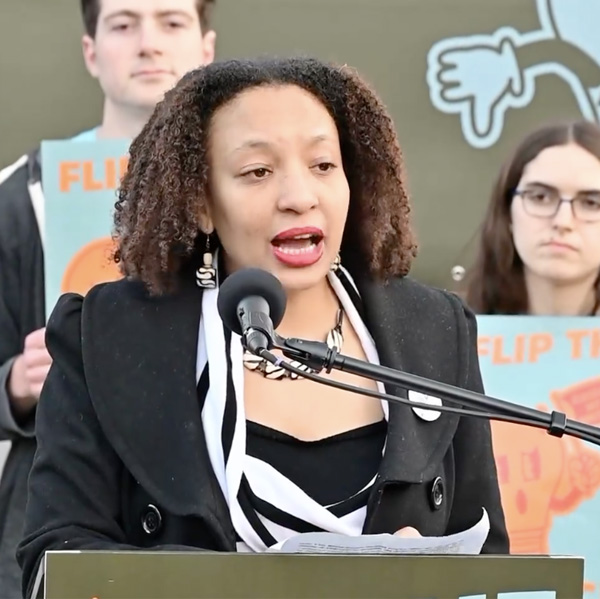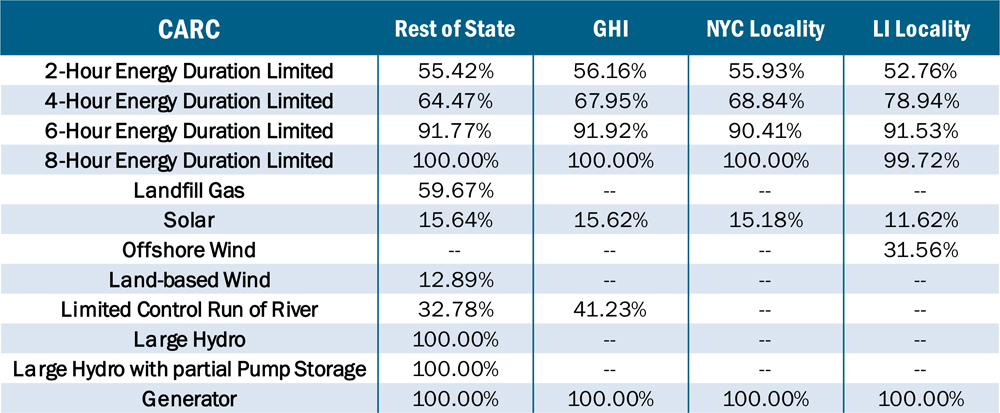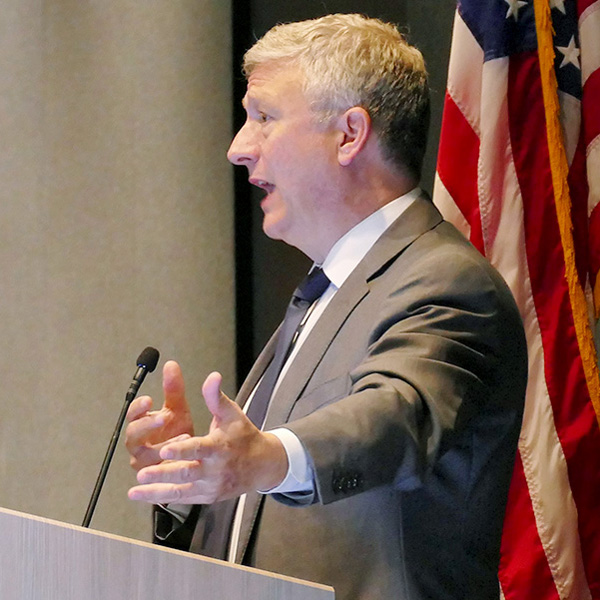In a March 1 ruling, FERC approved settlements between three utilities and their regional entities over violations of NERC’s reliability standards, bearing a total penalty for the companies of $272,000.
NERC filed the settlements — between ITC and ReliabilityFirst, Evergy and the Midwest Reliability Organization, and the U.S. Army Corps of Engineers’ Mobile district (USACE-MOB) and SERC Reliability — in its monthly spreadsheet notice of penalty Jan. 31 (NP24-5). The ERO also filed a separate spreadsheet NOP that was nonpublic, in keeping with NERC and FERC’s policy regarding violations of the Critical Infrastructure Protection standards. FERC said in its March 1 filing that it would not further review the settlements, leaving the penalties intact.
RF Knocks ITC for Rating Errors
ReliabilityFirst’s settlement involves a $150,000 penalty against ITC Michigan — composed of Michigan Electric Transmission (METC) and ITC Transmission — as well as ITC Midwest, which operates in Iowa, Minnesota, Wisconsin, Illinois and Missouri. Between them, the companies operate about 15,300 miles of transmission lines.
RF alleged that the ITC companies infringed on FAC-009-1 (Establish and communicate facility ratings). The standard applies to both transmission owners and generator owners; the relevant section, Requirement R1, requires applicable entities to “establish facility ratings for [their] solely and jointly owned facilities that are consistent with the associate facility ratings methodology [FRM].”
According to the settlement, METC notified RF in June 2020 that it and the other companies named in the complaint were in violation of FAC-008-1; RF decided “upon further analysis” to classify it under FAC-009-1 instead. The RE grouped a separate self-report submitted by ITC Transmission two years later in with this violation because it demonstrated “factual similarity and overlapping issues.”
The entities identified 15 circuits in which the facility rating was inconsistent with the FRM, around 1.8% of their more than 800 applicable facilities. Of the affected facilities, three affected ITC Midwest and ITC Michigan, and nine affected ITC Transmission. All 15 needed to have their ratings adjusted downward, and three circuits exceeded their correct ratings at some point during the 12 years of the violation.
RF determined the violation posed a moderate risk to the reliability of the grid, noting that accurate facility ratings are needed to ensure equipment is not operated in an unsafe manner. The RE observed that the duration of the violation “is extensive, dating back over a decade, and covering a period where NERC … put the entities on notice to potential issues and the associated risk in this area.”
In mitigation, the ITC companies reviewed sag limit data for all circuits at each company and updated their facility ratings and associated documentation. They also implemented a geographic information system to provide better real-time data on their facilities.
RF added that because the violation extended into MRO’s territory, the REs will split the penalty based on net energy load, with MRO receiving $51,000.
MRO’s settlement with Evergy, which carries a $122,000 penalty, also concerns facility ratings. In this case, MRO alleged the utility violated FAC-008-3 (Facility ratings), the successor to FAC-009-1 that took effect in 2013; specifically, requirement R6, which is nearly identical to R1 of the earlier standard. FAC-008-3 since has been replaced by FAC-008-5.
Evergy’s violation occurred in both its role as a generator owner and a transmission owner. According to MRO, Westar and Kansas City Power and Light (KCPL) — Evergy’s predecessors that merged in 2018 — submitted separate self-reports of similar issues prior to the merger. The RE later combined the reports as a single self-report under the Evergy name.
Westar’s initial self-report identified ratings discrepancies at three generating facilities, while KCPL found discrepancies at three transmission lines and three generating facilities. MRO said “the entity” — whether it meant the post-merger Evergy or the two predecessors was unclear — “performed an extensive review of its facilities and identified two scope expansion issues” in the Westar transmission system. Evergy later performed field walkdowns on all 363 in-scope facilities as part of a mitigation plan that started in 2019.
According to MRO, Evergy found facility ratings at 133 of its in-scope facilities, including 89 transmission lines, six generators, 28 reactive devices and 10 transformers. The RE identified the cause of the noncompliance as deficiencies in Evergy’s facility rating verification process.
As with RF and ITC’s settlement, MRO classified the violation as a moderate risk. Although it was considered unlikely the violation would affect grid reliability, the RE noted the length of the violation — occurring over about six years from the time the misratings first were recorded in 2015 until Evergy completed its mitigation plan in 2021 — meant the risk could not be rated as minimal.
On the other hand, MRO also acknowledged the completion of all mitigation activity, including validating all relevant equipment ratings and making physical modifications where needed to address ratings issues, and provided credit for cooperation, self-reporting and Evergy’s internal compliance program.
Corps of Engineers Violation Spans 16 Years
SERC’s settlement with USACE-MOB, which carries no monetary penalty, arose from violations of PRC-005-1 (Transmission and generation protection system maintenance and testing) that began when the standard became enforceable in 2007 and were not addressed until 2023, when the successor standard PRC-005-6 (Protection system, automatic reclosing, and sudden pressure relaying maintenance) was in force.
The RE determined via a compliance audit in April 2021 that as a generator operator, the Corps had “failed to maintain its components that are included within the time-based maintenance program” as required in PRC-005-6 (later determined to have begun under the earlier standard). SERC said it could not find any evidence that all of the required maintenance activities had been completed. It also found the Corps had not performed some of the obligatory maintenance activities within the past 18 months as the standard required.
According to the NOP, SERC determined the cause of the issue was a “lack of internal controls” that could monitor and track compliance with the standard. The RE said the noncompliance posed a minimal risk to grid reliability, observing that none of the affected generators were part of a frequency response program or a black start or system restoration plan. In addition, SERC said there “is no common mode failure” for the affected systems and therefore “the likelihood that multiple generators would trip at the same time … is low.”


